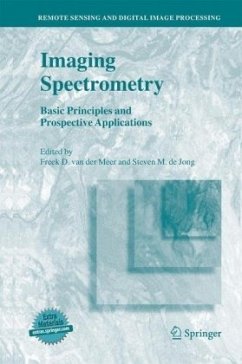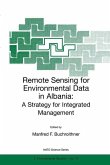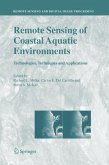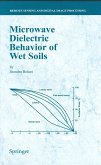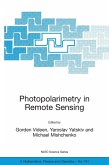A significant step forward in the world of earth observation was made with the development of imaging spectrometry. Imaging spectrometers measure reflected solar radiance from the earth in many narrow spectral bands. Such a spectroscopical imaging system is capable of detecting subtle absorption bands in the reflectance spectra and measure the reflectance spectra of various objects with a very high accuracy. As a result, imaging spectrometry enables a better identification of objects at the earth surface and a better quantification of the object properties than can be achieved by traditional earth observation sensors such as Landsat TM and SPOT. The various chapters in the book present the concepts of imaging spectrometry by discussing the underlying physics and the analytical image processing techniques. The second part of the book presents in detail a wide variety of applications of these new techniques ranging from mineral identification, mapping of expansive soils, land degradation, agricultural crops, natural vegetation and surface water quality.CD-ROM included: This volume contains a CD-ROM with hyperspectral remote sensing datasets as well as full color images of a selection of illustrations which are printed as black and white figures in the book.
Hinweis: Dieser Artikel kann nur an eine deutsche Lieferadresse ausgeliefert werden.
Hinweis: Dieser Artikel kann nur an eine deutsche Lieferadresse ausgeliefert werden.
From the reviews:
"Overall, this book is a valuable reference source. It is a good alternative to a general remote sensing textbook in the optical domain, because most of the underlying physical principles are given with sufficient detail to provide a good understanding of the applications and of the limitations of hyperspectral sensing. Overall it is a good quality work, with only a limited number of repetitions from one chapter to another, which is sometimes difficult to achieve in a multi-authored book." (GEOMATICA, 57:4, 2004)
"Overall, this book is a valuable reference source. It is a good alternative to a general remote sensing textbook in the optical domain, because most of the underlying physical principles are given with sufficient detail to provide a good understanding of the applications and of the limitations of hyperspectral sensing. Overall it is a good quality work, with only a limited number of repetitions from one chapter to another, which is sometimes difficult to achieve in a multi-authored book." (GEOMATICA, 57:4, 2004)
